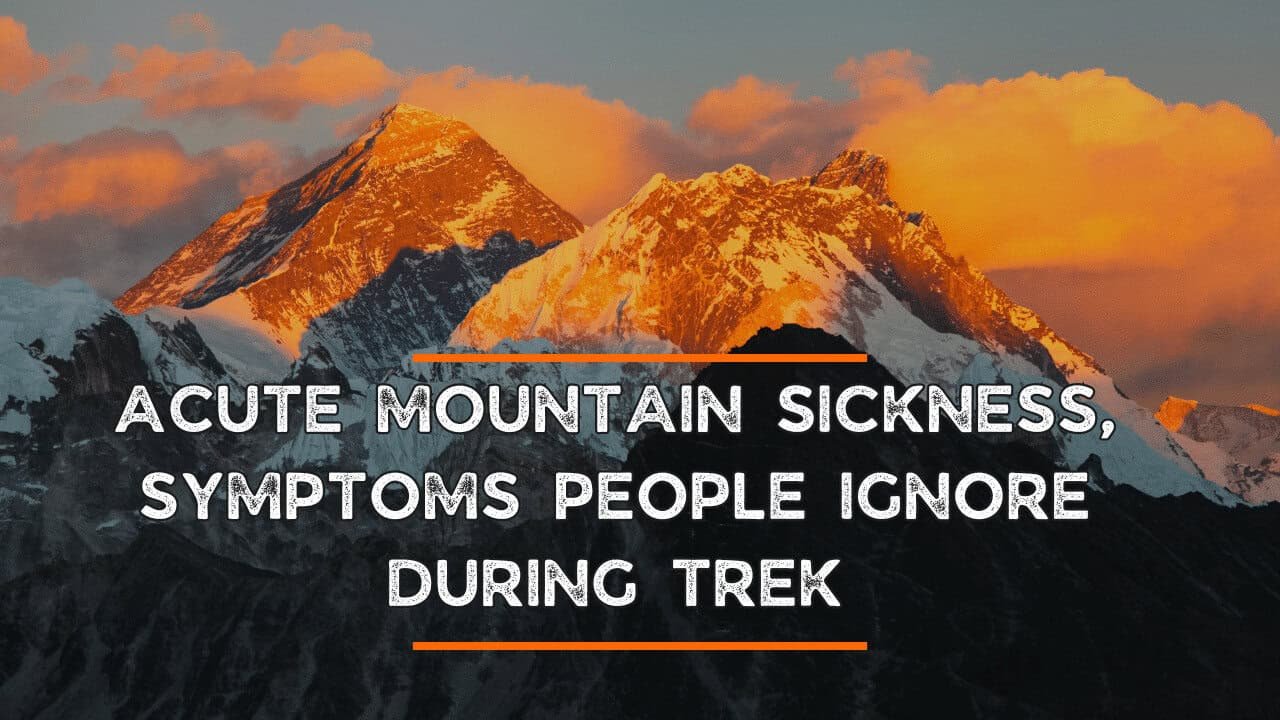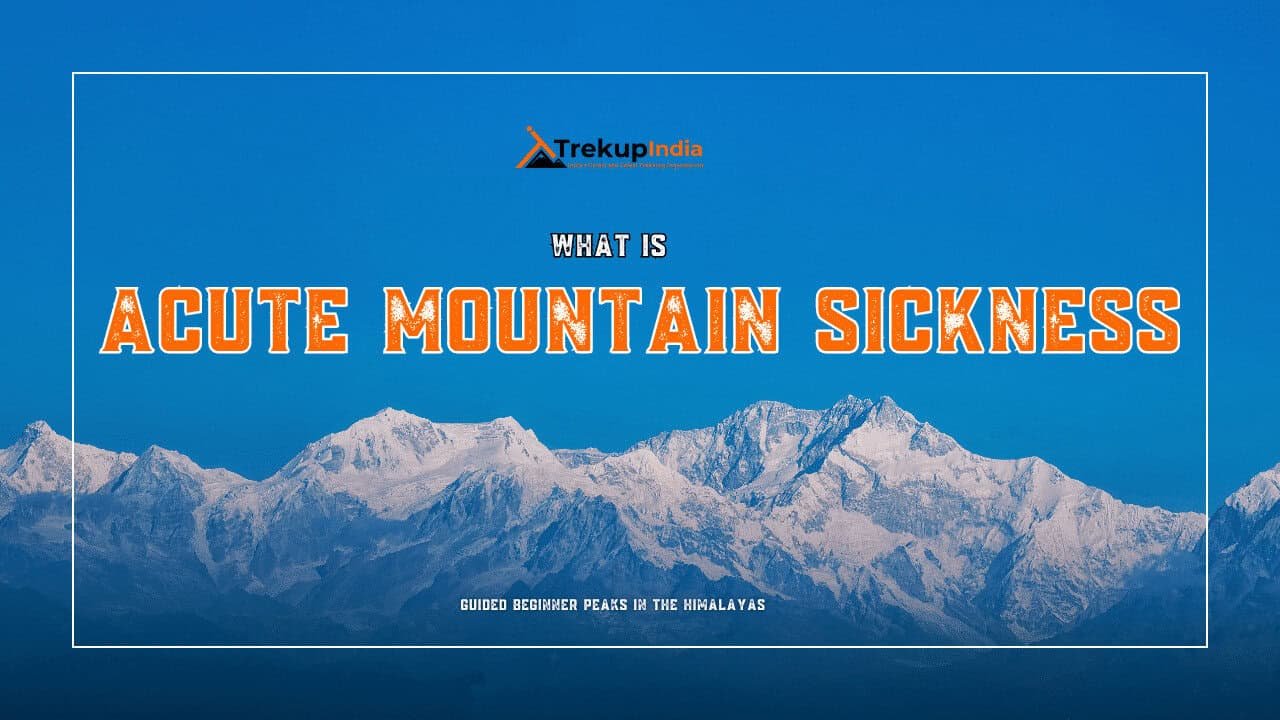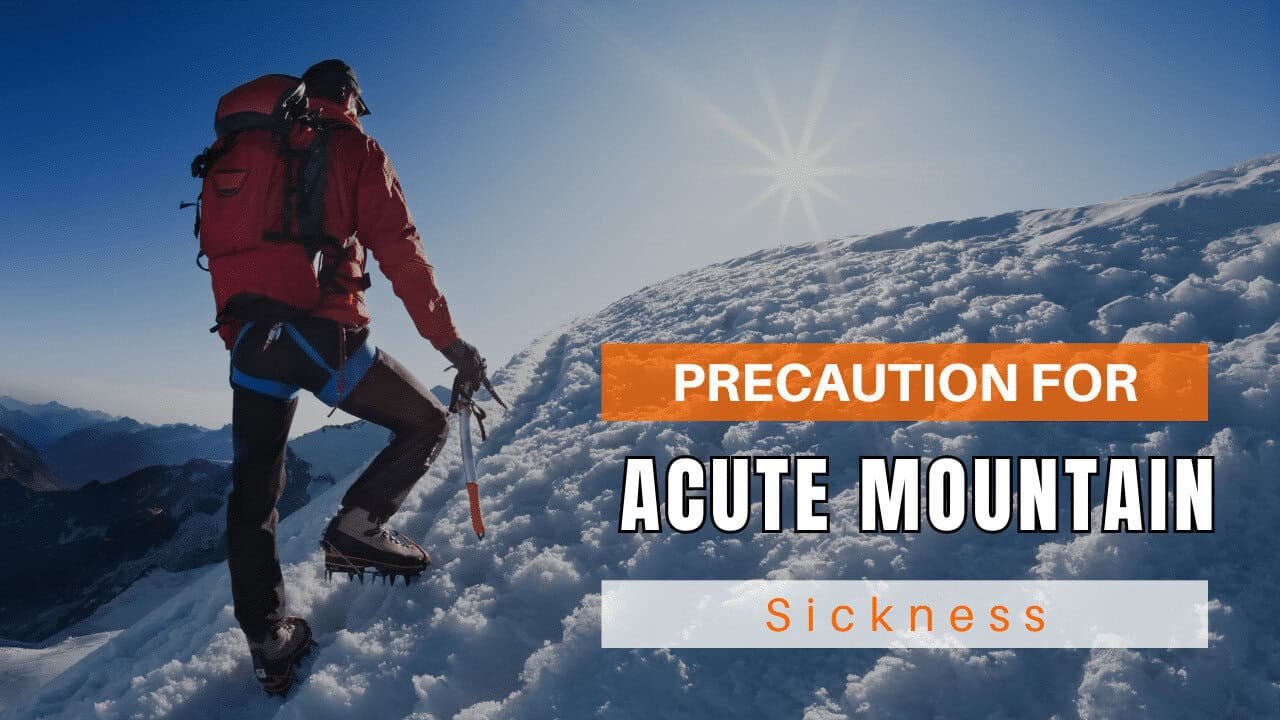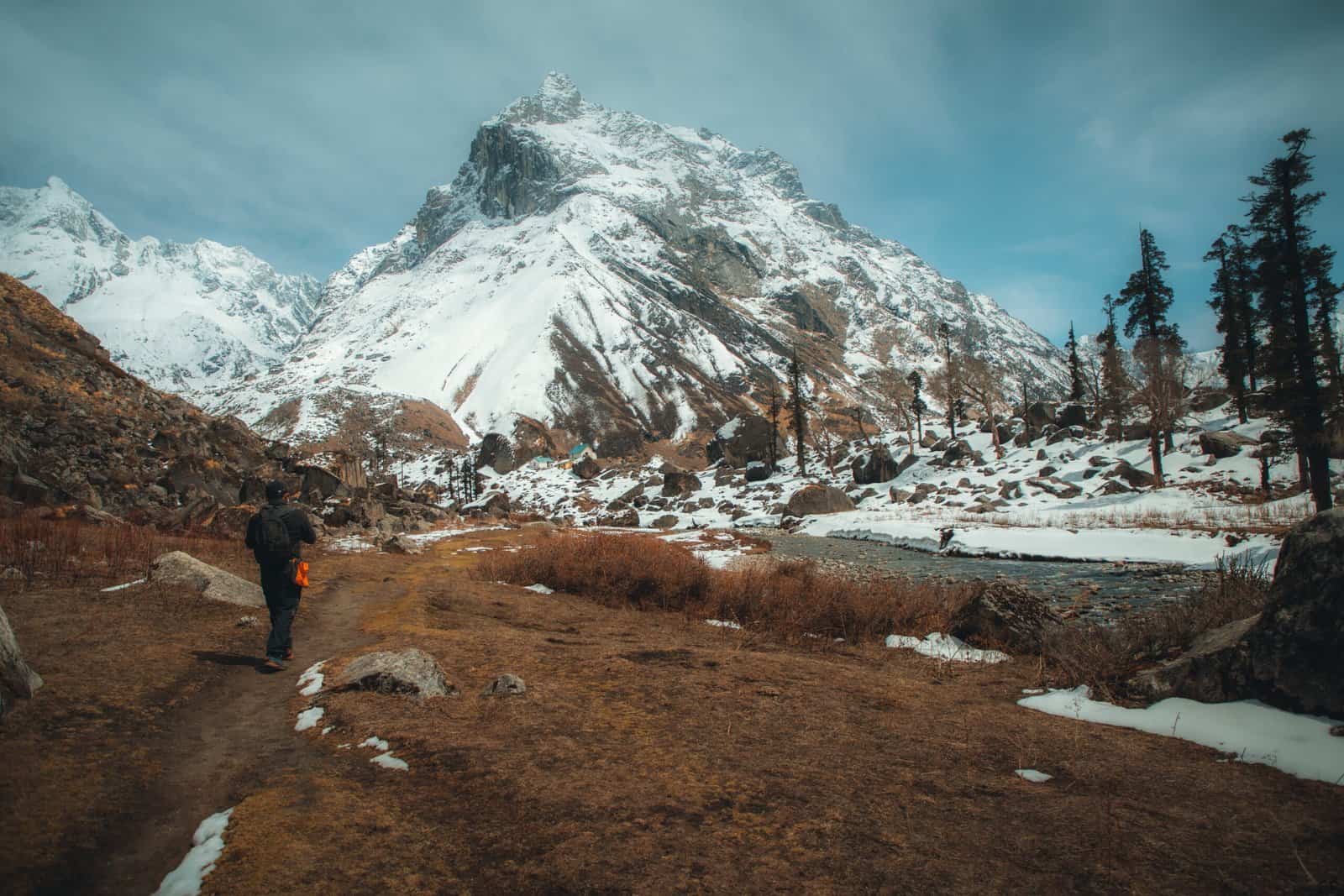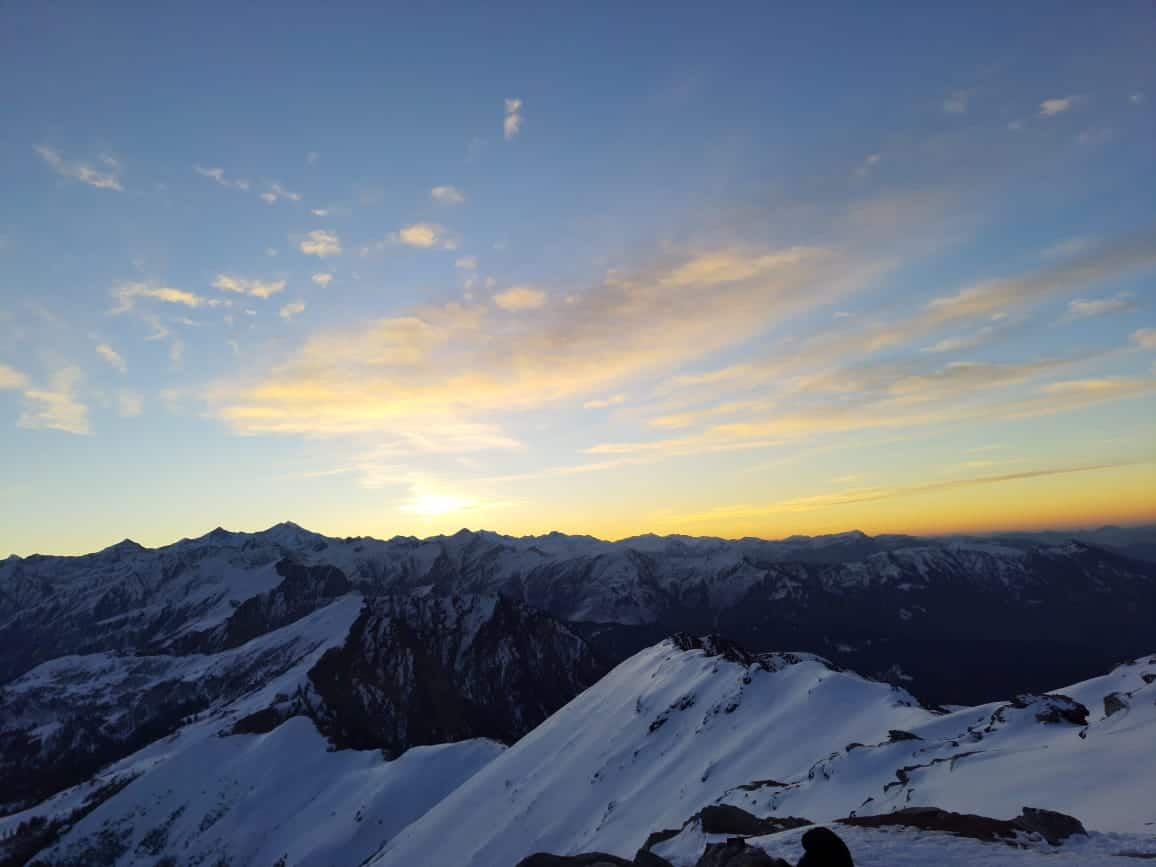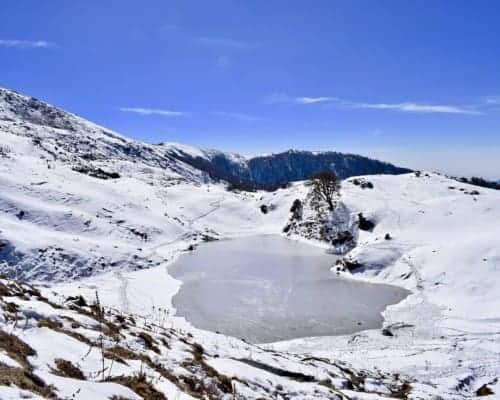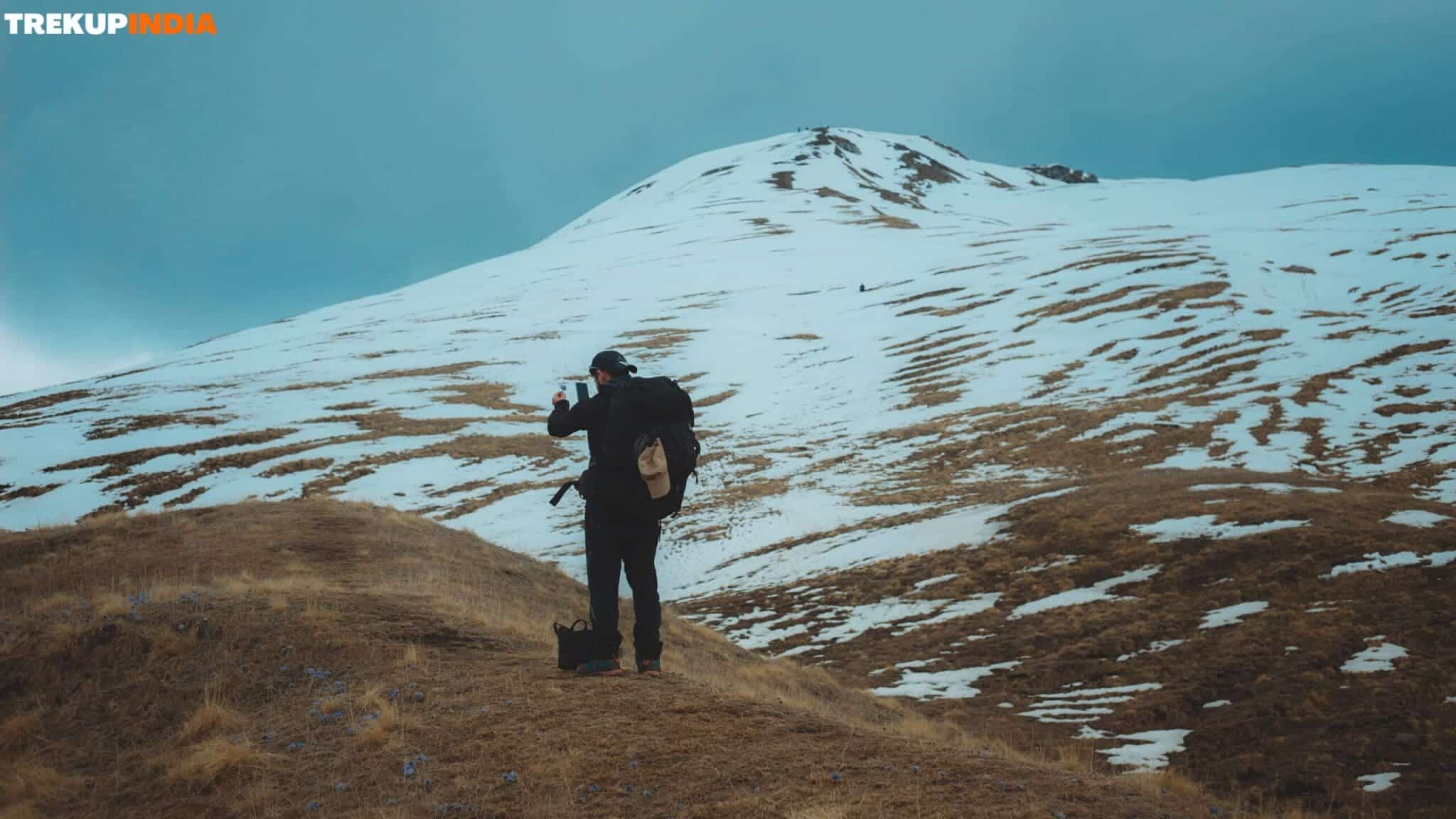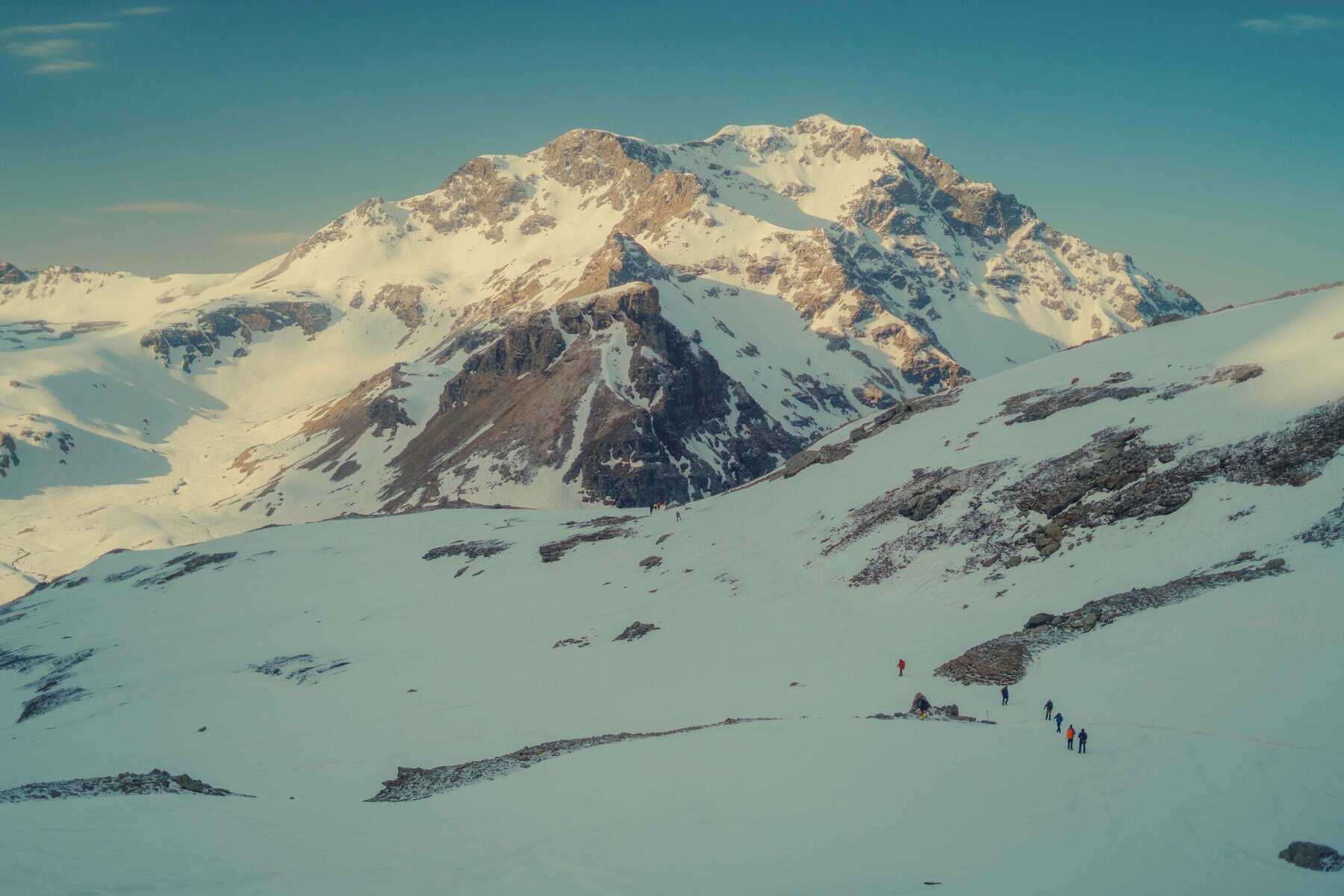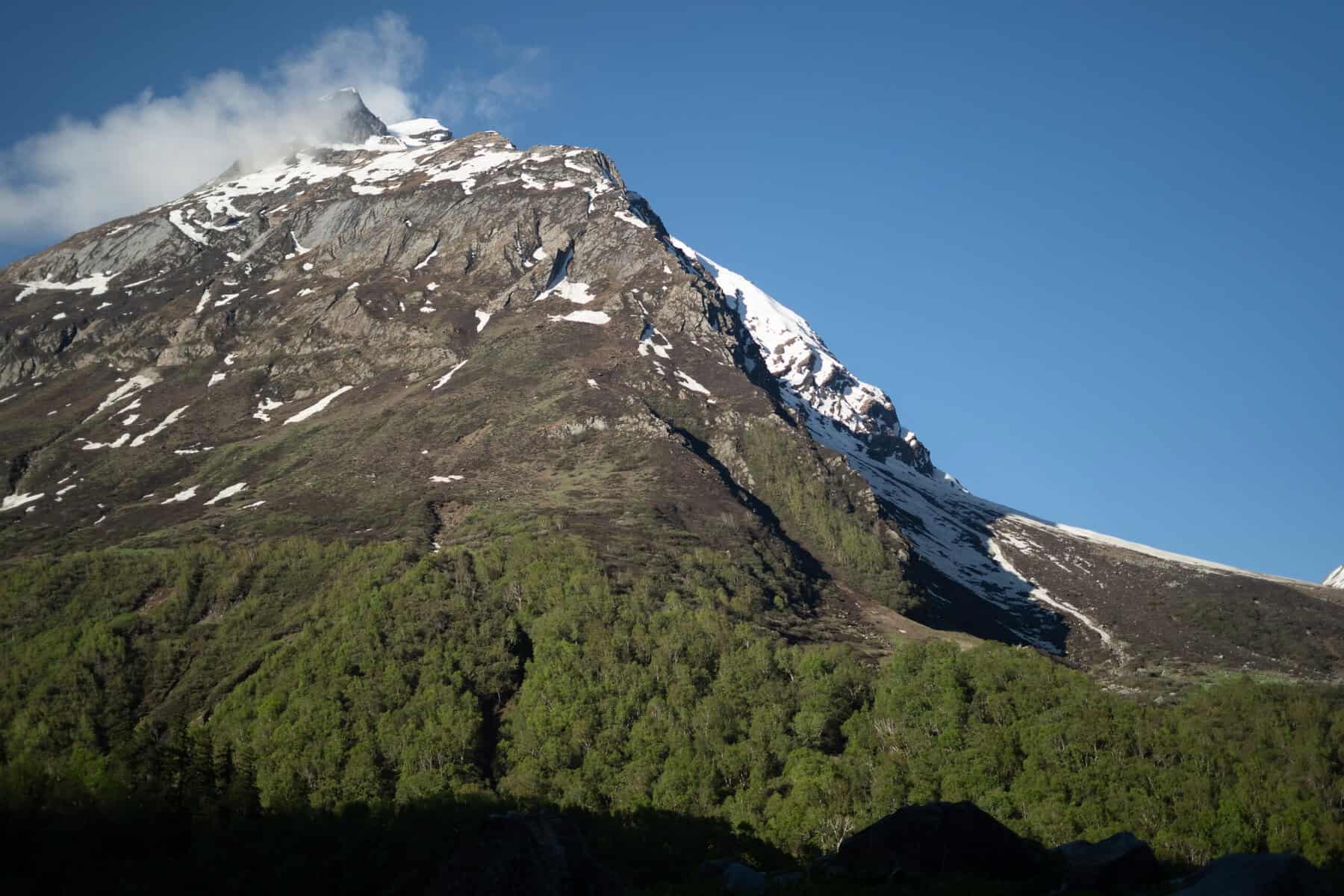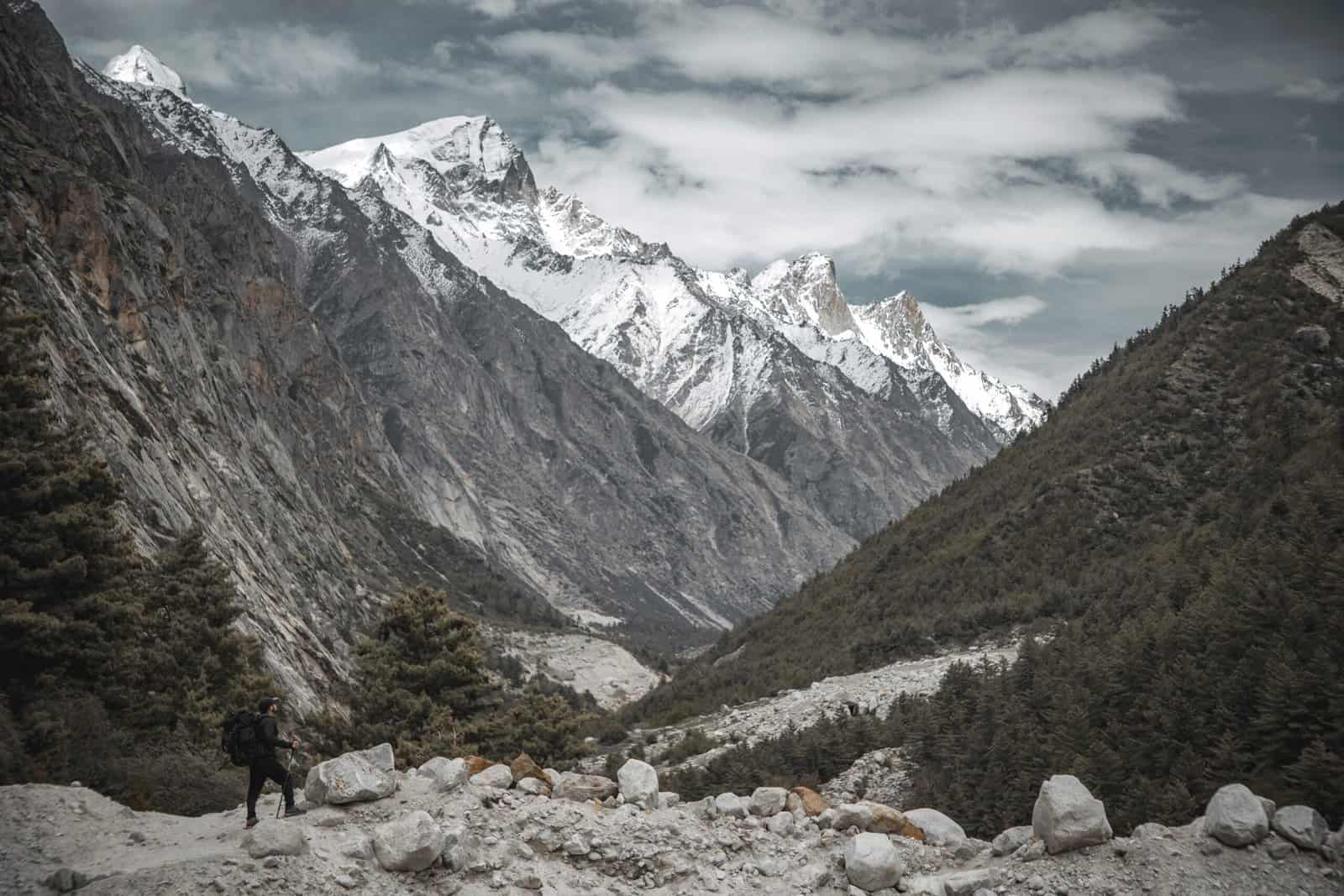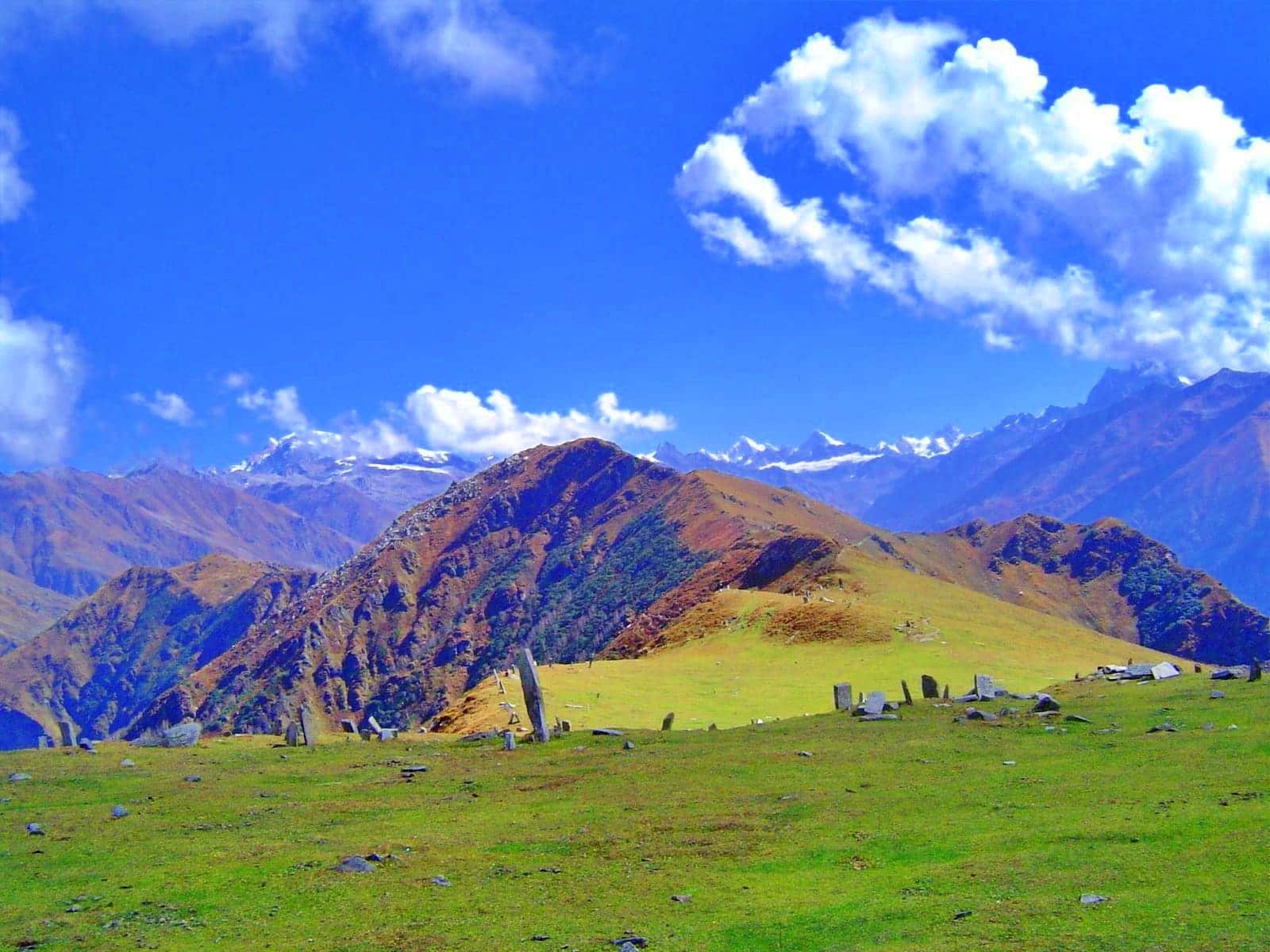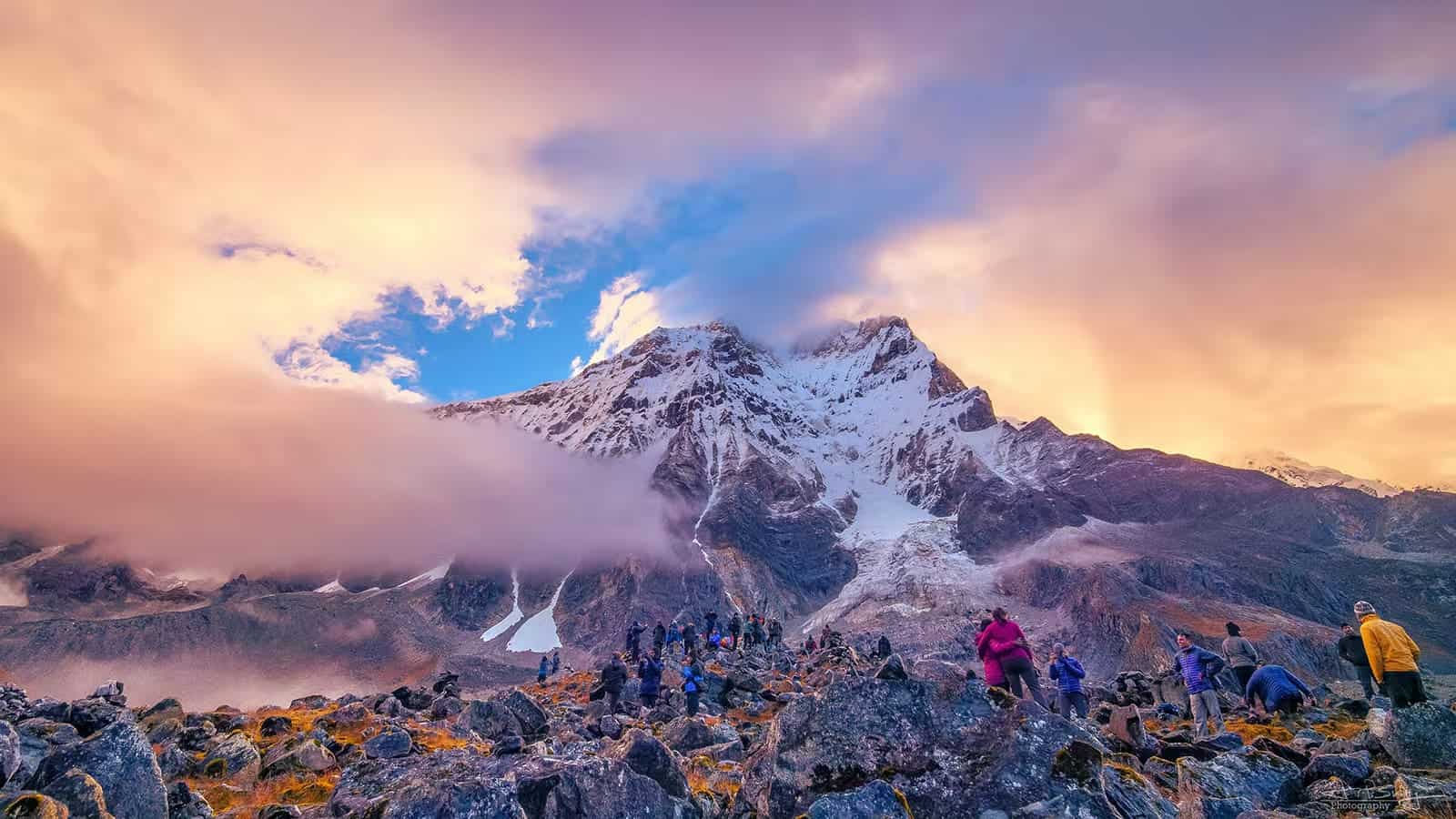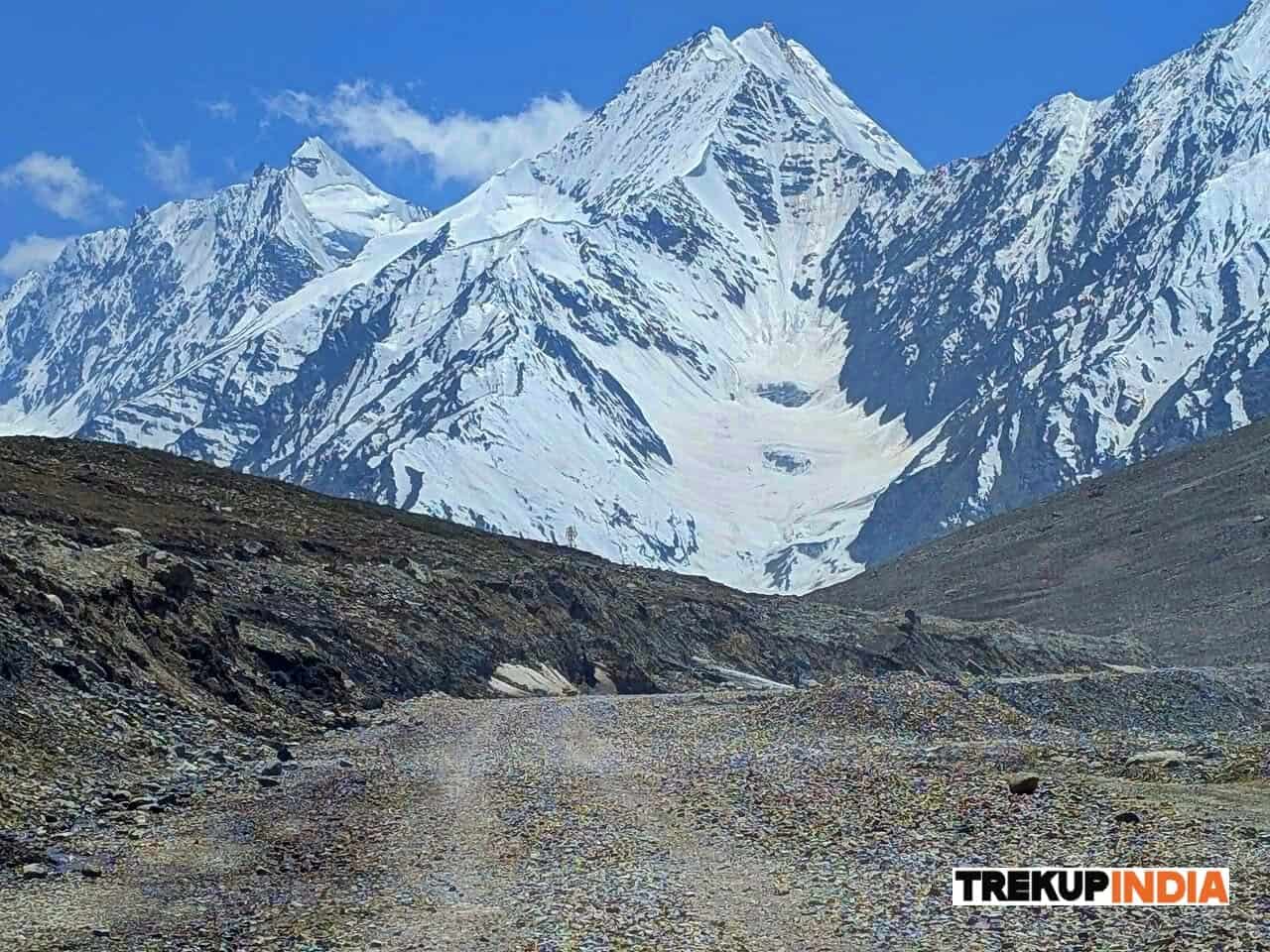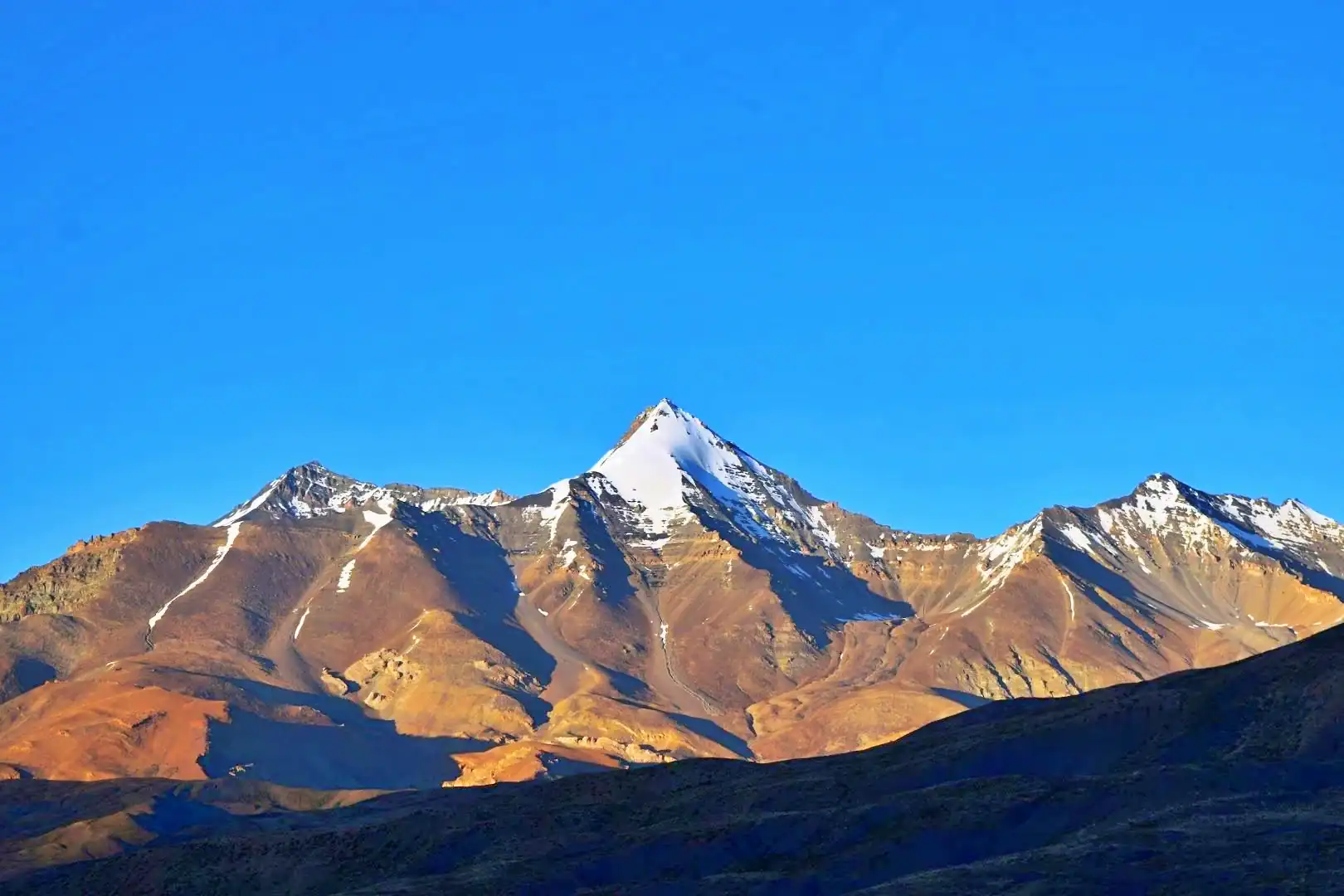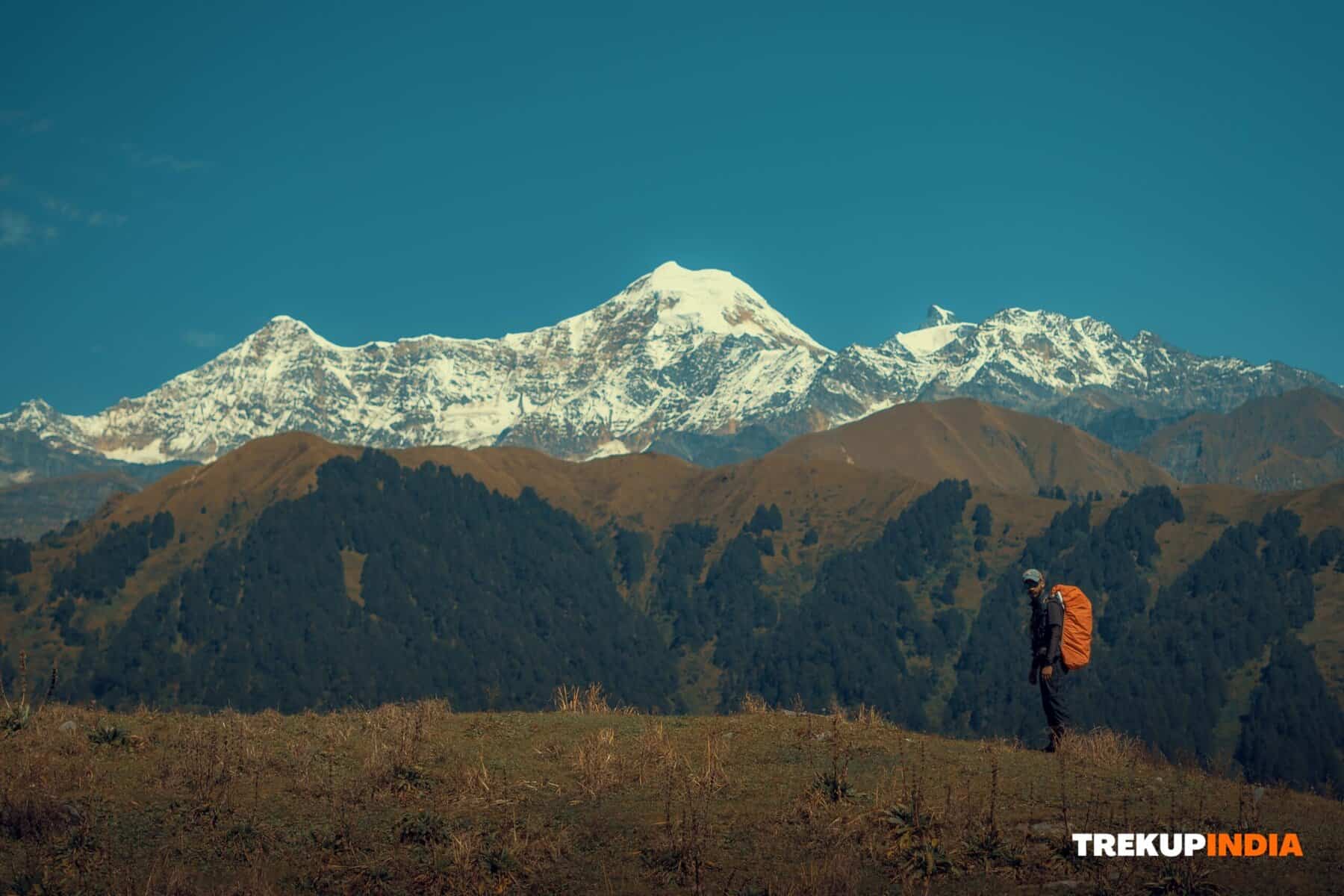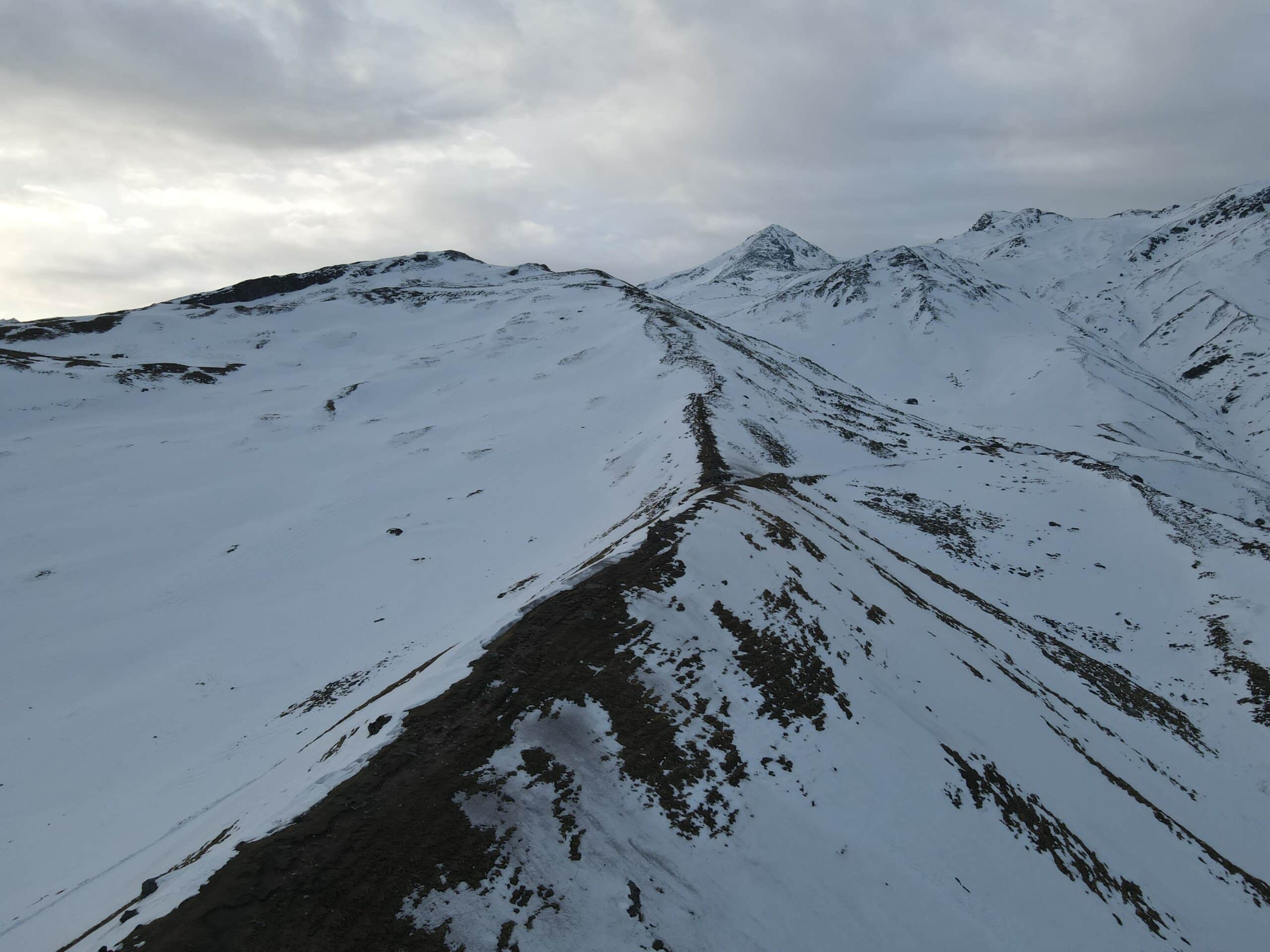Water Purification Hacks: Beyond Bottles, Tablets & Filters
Trekking requires drinking plenty of clean, safe water; however, finding it can be challenging. While bottles of water may be convenient and lightweight, extended treks require better solutions such as tablets, filters, and UV light sources to purify water further before consumption. Here is a guide on drinking safe water while trekking through India’s arid landscapes.
Why Is Purifying Water Necessary in the Wild?
- Rivers, streams, and mountain springs may appear clean at first glance. Still, they could harbor harmful organisms (e.g., E. coli) along with viruses and parasites that could result in stomach diseases (Giardia and Dysentery), water-borne illness such as Cholera or Hepatitis A, or even fatal consequences if consumed from untreated water sources.
- Dehydration due to severe diarrhea has led to severe dehydration.
- Purification will ensure your health remains secure while helping to avoid potential incidents on the trail.
- Chlorine and Iodine Tablets (Chemical Purification)
These chemically treated water purification tablets release chlorine or iodine that kills bacteria and viruses. Best for emergencies or light backpacking trips.
Pros:Ultralightweight and conveniently sized to fit into a pocket or bag.
Cons: They may contain chemicals, and neutralizing tablets may help alleviate their presence.
Top picks: Potable Aqua and Aquatabs.
- Portable Water Filters (Pump & Straw Filters)
How it Works: With this water filter system, a fine mesh (0.2 microns) removes protozoa, bacteria, and dirt – best for trips over long distances with frequent refills requiring fast clean water delivery without waiting around!
Pros: Clean drinking water delivered immediately without waiting!
Cons:Improves taste and removes dirt. But doesn’t protect against viruses (unless combined with other chemicals).
Silt-filled water can lead to clogging.
UV Purifiers (SteriPEN, Portable UV Lights)
It works like this: the UV light deactivates microorganisms quickly and makes water safe to drink in just minutes – perfect for trekkers seeking high levels of technology with fast water cleansing capabilities.
Pros:
This process only takes 90 seconds!
Good taste never goes amiss.
For this product to work correctly, it requires batteries or a charger.
Top Picks for Filtration Systems: Steripen Adventurer and Philips UV Water Purifier.
Boiling (Old-School but Reliable)
What it Does: Boil water for about 1-3 minutes at high altitudes, making this method an excellent option for Base camp if an oven is available.
Pros: Kills all pathogens without additional gear required and eliminates fuel use, however time-consuming the process is.
Cons: Requires continuous attention.This doesn’t alter taste or particle levels; instead, it doesn’t remove them altogether.
Natural Methods (for Emergency Use Only)
Sunlight Disinfection (SODIS): Fill a clear pet bottle with sunlight for at least six hours to activate UV radiation to eliminate bacteria in it and ensure effective disinfection.
Charcoal Filtration: The crushed charcoal contained on a cloth could help remove contaminants (but cannot filter viruses).
Cloth and Sand Filters Removing Debris: Pass water through fabric layers covered with sand for debris removal.
Which Method Should You Choose?
Situation | Best Method |
Ultralight solo trek | Chlorine tablets / LifeStraw |
Group trek with murky water | Pump filter + backup tablets |
High-altitude (snow/glacier melt) | Boiling or UV purifier |
Emergency backup | Iodine drops / SODIS |
Conclusion
While trekking, water is not an absolute requirement; however, its purified water supply should never be taken for granted. From Himalayan streams to remote forest springs, even seemingly pure sources may contain hidden dangers that could endanger your trip or even harm your health. Fast-acting chlorine tablets, high-efficiency filters, sophisticated UV pens, or boiling water may all have different purposes depending on where, when, and what resources are available.
At Trekup India, we emphasize being prepared and self-reliant; an integral component of this is water purification. Always have a backup plan in place and know how to filter any potentially polluted water supplies – even those which seem safe!
Clean water in the wilderness is more than a source of comfort; it is vital for survival.
Drink responsibly and trek strong!
About Author

Anoop Rawat (Admin TrekUp India)
Anoop has worked for 5 years as a Trek Leader with TrekUpIndia, leading numerous treks across the diverse and challenging terrains of Uttarakhand and Himachal Pradesh. He holds a degree in Geology with a specialization in Geographic Information Systems (GIS) from UPES Dehradun. During his academic years, he actively applied his classroom knowledge in the field—most notably by contributing to a glacier research project on the Jundar Glacier in the Har Ki Dun Valley, Uttarakhand. Write Anoop at anoop@trekupindia.com
Share this article
Dates For Upcoming Treks
Want To Trek Like Pro?
Basically, watch these videos if you want to trek the same way professional trekkers do and make your skills better. These videos contain useful tips and techniques to further improve your trekking skills itself. These videos actually help both new and experienced trekkers improve their trekking skills. These videos definitely provide useful tips that make your trek better. We are seeing that these videos by Trekup India experts will only help you make your trekking skills better.
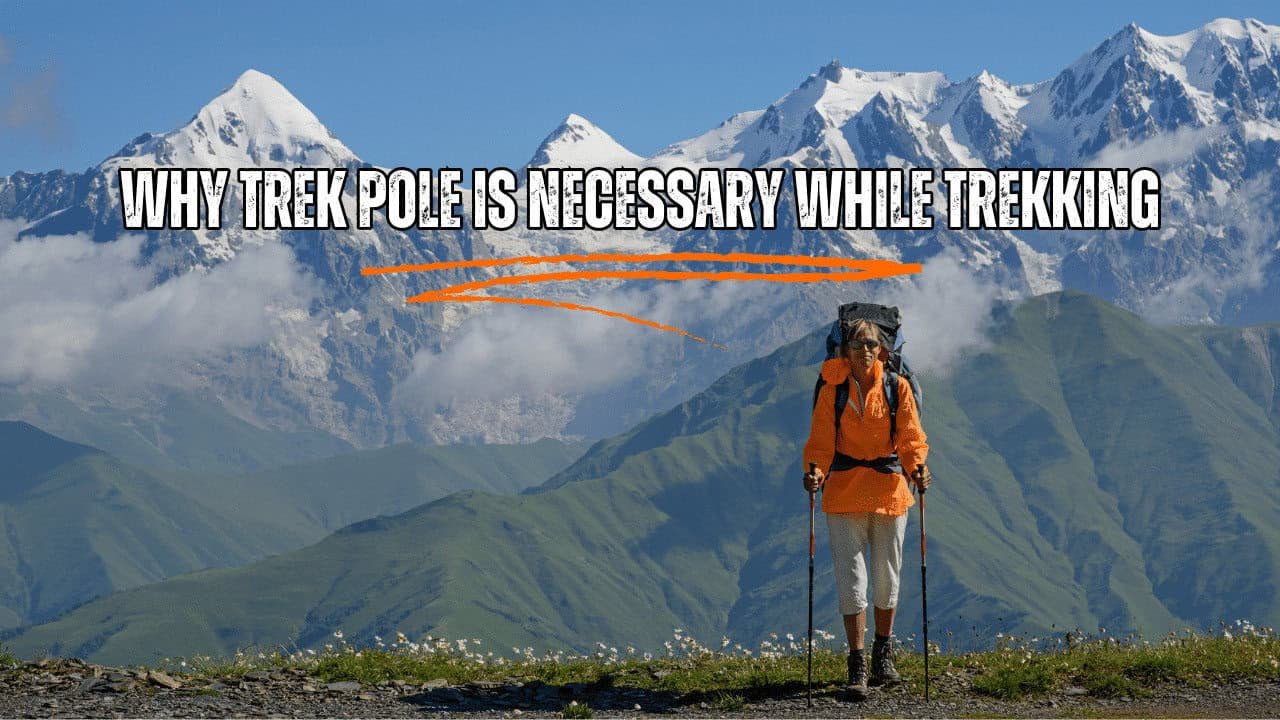
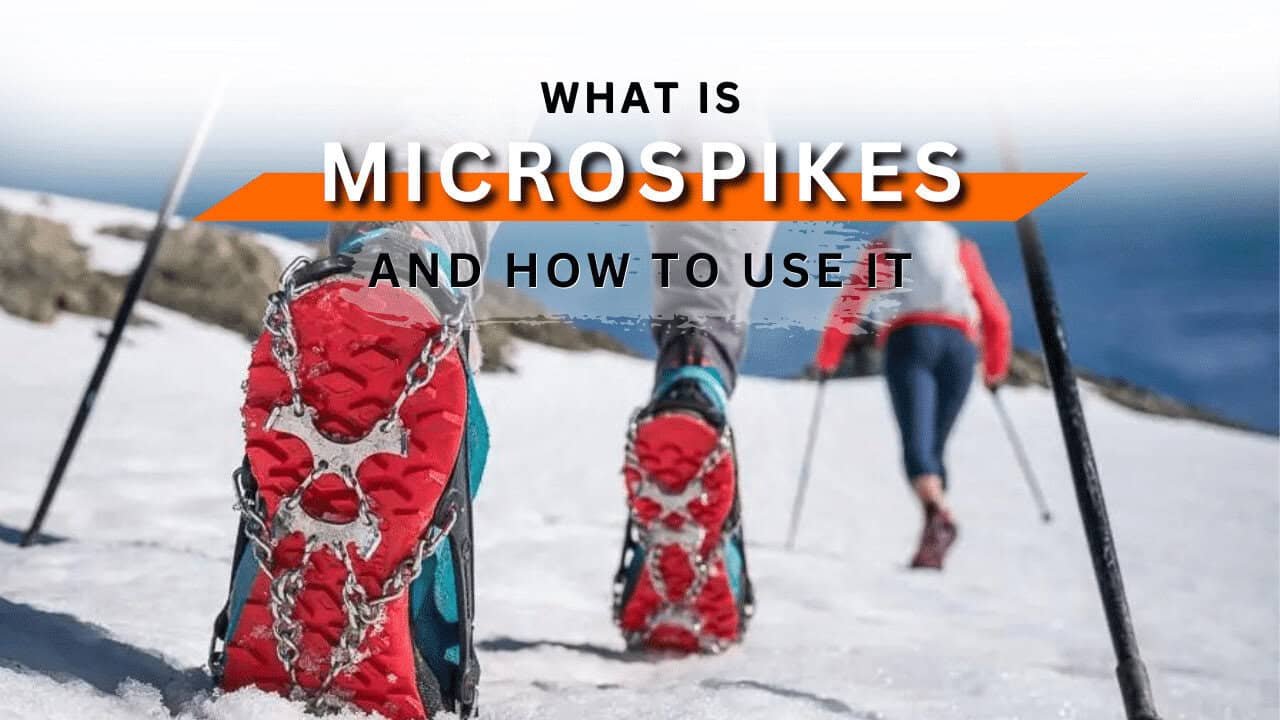
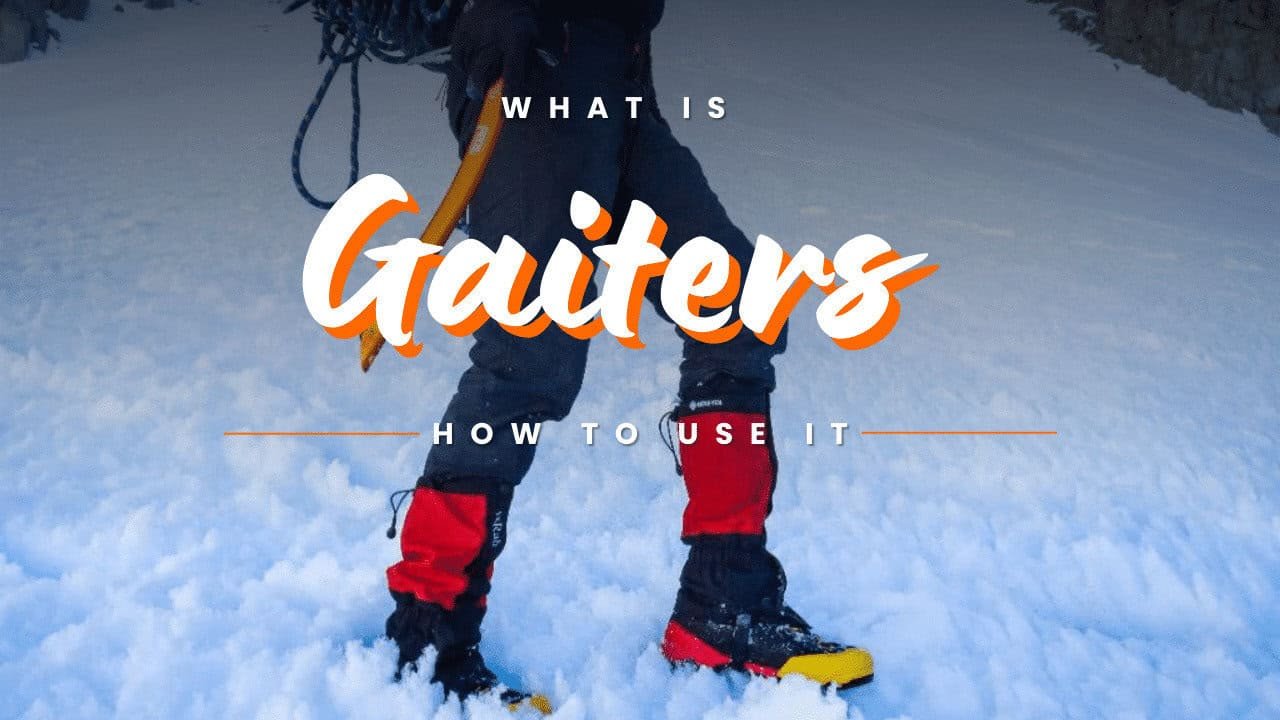
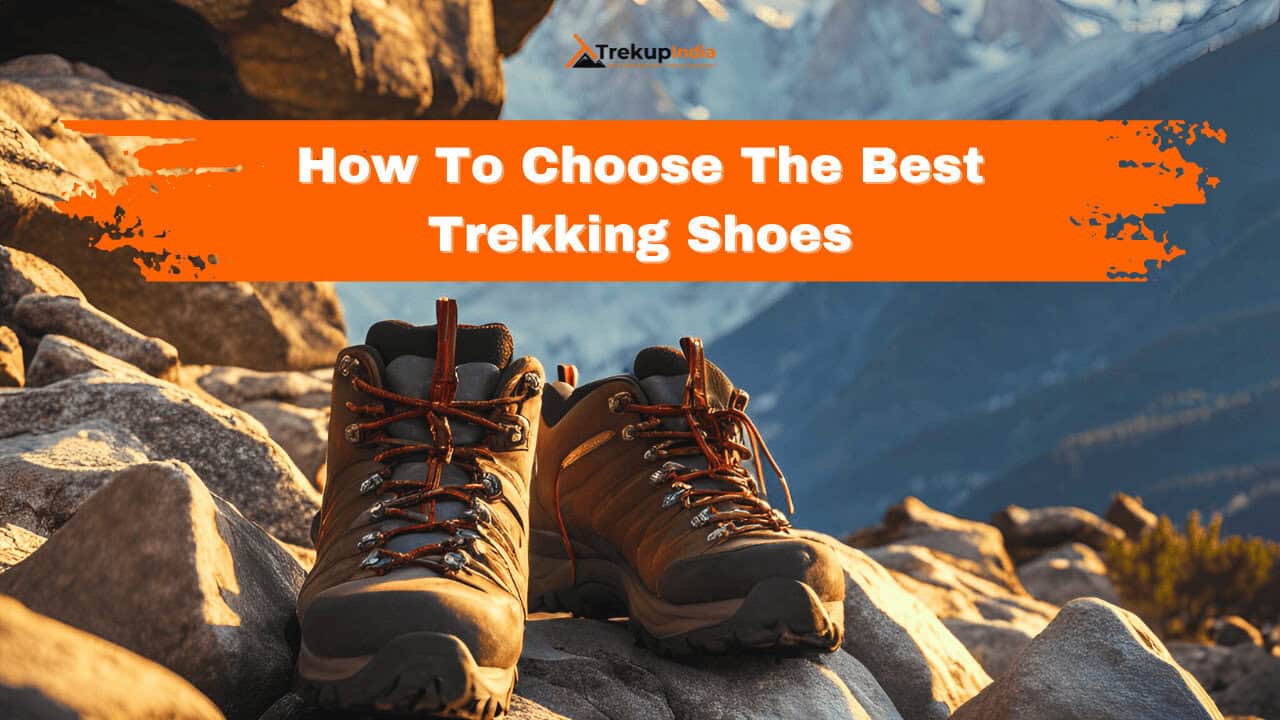

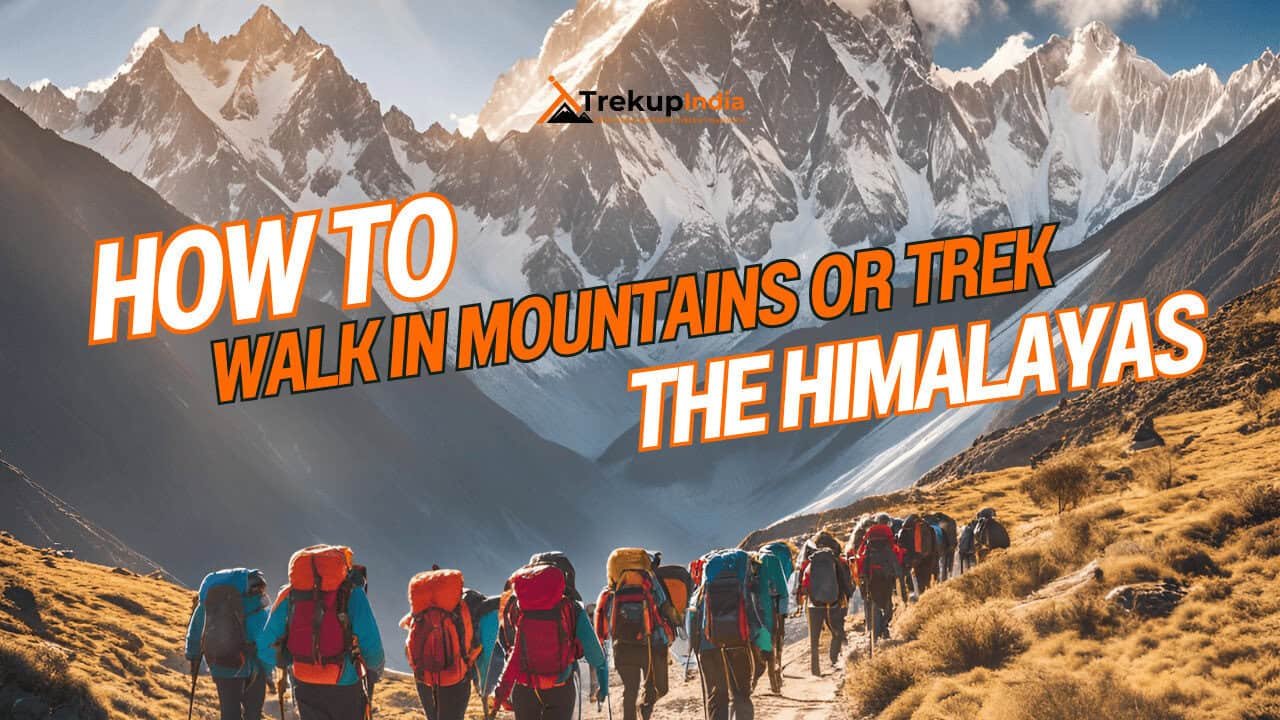

Know Everything About Acute Mountain Sickness
Acute Mountain Sickness occurs when people trek to high altitudes above 8,000 feet. This condition itself develops further due to reduced oxygen levels at such heights. Basically, as you go higher up, the air pressure and oxygen levels decrease, which causes the same problem. Acute Mountain Sickness surely causes headache, nausea, vomiting, and dizziness in affected persons. Moreover, peoples also experience difficulty in sleeping during this condition. To avoid mountain sickness, you should actually trek up slowly to higher altitudes. To learn further about this condition itself, watch the videos by Trekup India.
